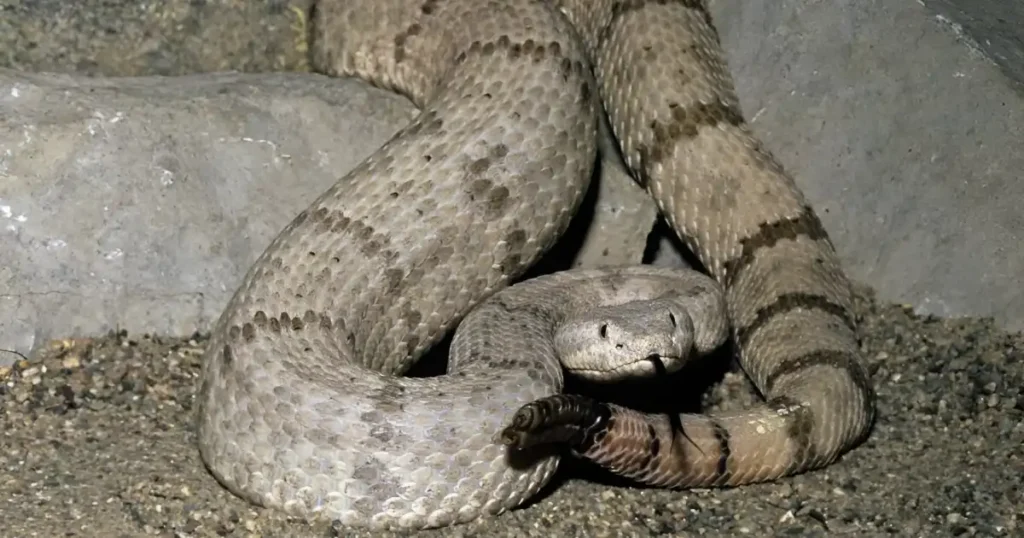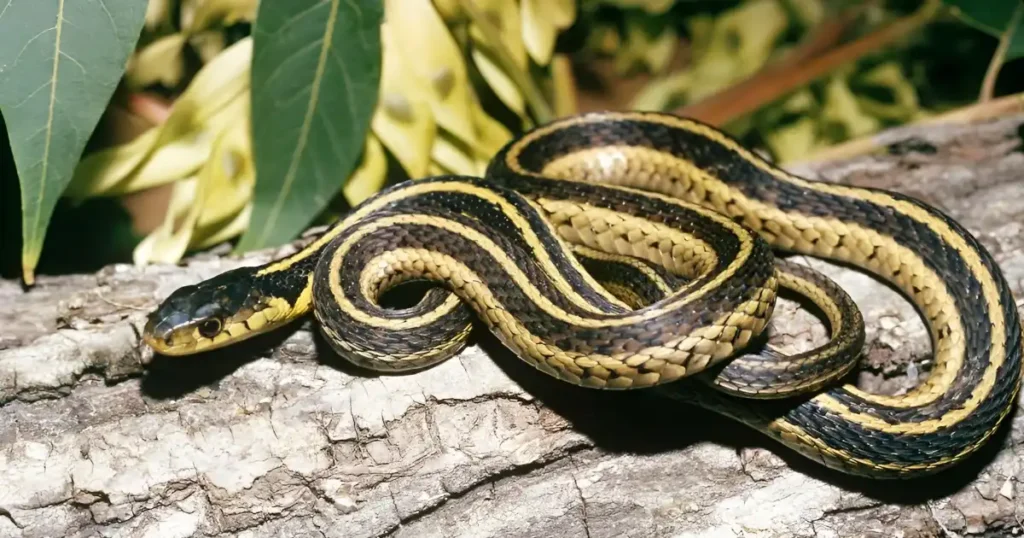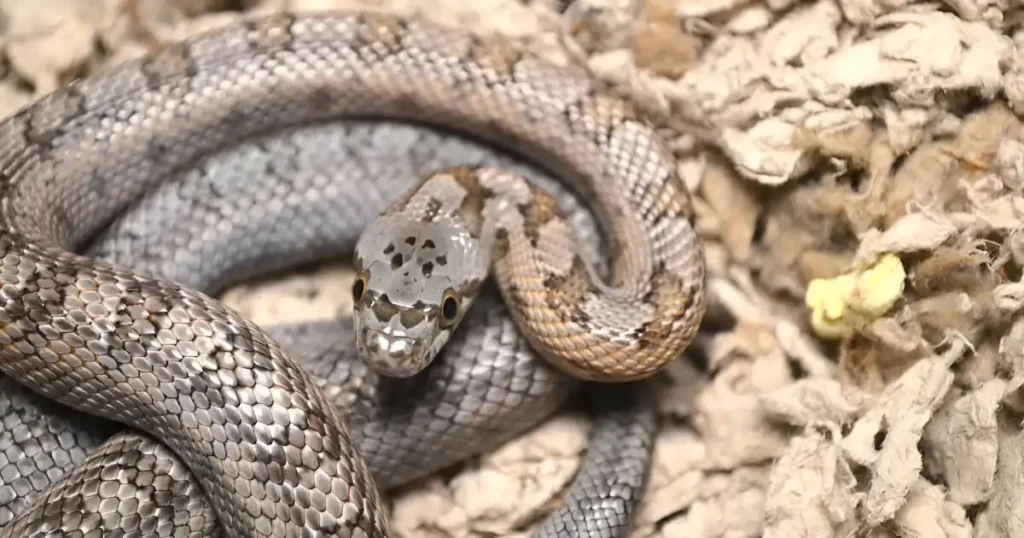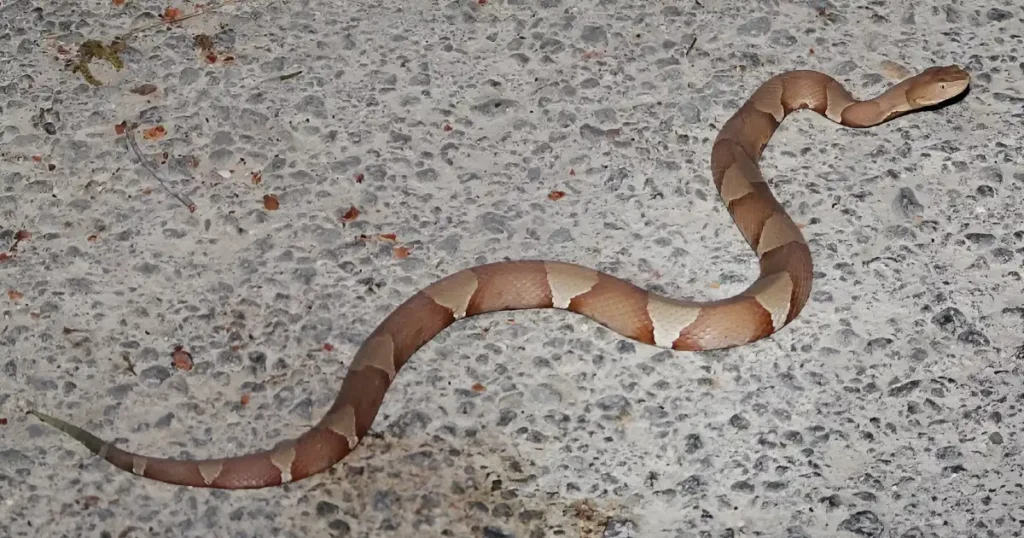
Snakes, those slithering, legless reptiles, have captivated humanity's curiosity and fear for centuries. From their unique physical adaptations to their diverse habitats, snakes are creatures of mystery and intrigue. In this comprehensive exploration, we unveil 10 interesting facts about snakes, enigmatic animals that showcase their remarkable qualities and the critical role they play in ecosystems around the globe. These 10 facts about snakes are as follows:
Snakes are one of the most widespread groups of reptiles, with over 3,000 species found on every continent except Antarctica. This remarkable diversity includes the giant anaconda, which can grow up to 30 feet long, to the tiny Barbados threadsnake, barely the size of a pencil. Each species has evolved unique traits to survive in environments ranging from arid deserts to lush rainforests.

Many snakes are masters of camouflage, blending seamlessly into their surroundings to avoid predators and surprise prey. The Gaboon viper, for instance, has a cryptic pattern that mirrors the forest floor's fallen leaves, while the desert horned viper's sandy coloration makes it nearly invisible in its arid habitat. This ability not only protects them but also makes them formidable hunters.
Snakes employ various hunting methods, from the constricting power of boas and pythons to the venomous bites of vipers and cobras. Some, like the tentacled snake, use parts of their body as lures to attract unsuspecting fish. Their diverse hunting strategies reflect their adaptability and the evolutionary arms race between predators and prey.
Snake venom is not merely a defense mechanism but a sophisticated suite of enzymes, proteins, and toxins. Each species' venom is tailored to its diet and hunting style, from the neurotoxins of the sea snake that paralyze fish to the hemotoxins of the rattlesnake that cause severe tissue damage. This biochemical toolkit is so intricate that it's being studied for potential medical applications, including pain management and cancer treatment.

While many snakes lay eggs (oviparous), some species give birth to live young (viviparous) or combine these traits (ovoviviparous). The king cobra, the world's largest venomous snake, is known for its unique behavior of building nests for its eggs, a rare trait among reptiles. This diversity in reproductive strategies ensures their survival in various environmental conditions.
Snakes possess a set of sensory adaptations that are nearly alien to human perception. They can detect infrared radiation through pit organs located between their eyes and nostrils, allowing them to "see" the warmth of their prey in total darkness. Additionally, their Jacobson's organ helps them "taste" the air, picking up chemical cues essential for tracking prey or finding mates.
The locomotion of snakes is a marvel of physics and biology. They move without limbs, using muscular contractions and scales to push against the ground. This movement can vary from the lateral undulation of the common garter snake to the concertina motion of burrowing species. Each method is a refined adaptation to their environment, showcasing the elegance and efficiency of evolution.
Snakes play essential roles in their ecosystems as both predators and prey. They help control populations of rodents, insects, and other small animals, preventing overgrazing and the spread of disease. In turn, they are prey for birds, mammals, and even other snakes, contributing to the biodiversity and balance of their habitats.
Throughout history, snakes have been symbols of both reverence and revulsion. In many cultures, they are seen as symbols of healing and rebirth, as in the caduceus of medicine. However, misconceptions and fears often overshadow their ecological importance, leading to unnecessary killings and habitat destruction.

Many snake species face significant threats from habitat loss, climate change, and human conflict. Conservation efforts are crucial to protect these misunderstood creatures and the roles they play in nature. Organizations worldwide are working to preserve habitats, combat trafficking, and educate the public about the importance of snakes in our world.
Despite common perceptions of snakes as solitary hunters, recent research reveals that some species exhibit complex social behaviors. For instance, the garter snake is known for its communal hibernation, where thousands of snakes gather in dens to survive the cold winters. This social aggregation facilitates mating upon emergence in spring, showcasing a surprising level of coordination among these reptiles. On the other hand, solitary species like the king cobra maintain large territories and interact primarily during mating seasons, illustrating the diversity of social structures in the snake world.
The lifespan of snakes varies greatly depending on the species and environmental conditions. While many smaller species may live for only a few years in the wild, larger species like pythons and anacondas can live up to 20-30 years, with some individuals in captivity reaching over 40 years. This longevity allows them to play extended roles in their ecosystems, influencing populations of prey and competing predators over decades.

In addition to camouflage and venom, snakes have developed a range of defense mechanisms to evade predators. The hognose snake, for example, plays dead by flipping onto its back and emitting a foul smell, deterring would-be attackers. Meanwhile, the mimicry displayed by the harmless scarlet kingsnake, which resembles the venomous coral snake, is a brilliant evolutionary strategy to avoid predation by confusing predators about its true identity.
Snakes contribute significantly to scientific research, particularly in the field of herpetology. Their venom has been a gold mine for pharmacological studies, leading to the development of life-saving antivenom therapies and potential treatments for conditions like hypertension and chronic pain. Researchers continue to decode the secrets within snake venom, hoping to unlock new treatments for a range of human diseases.
Climate change poses a significant threat to snake populations worldwide. Rising temperatures and altered precipitation patterns can affect their habitats, prey availability, and breeding cycles. For instance, temperature shifts impact the sex determination of some snake species, potentially skewing their population dynamics. Conservationists are closely monitoring these changes to mitigate their impacts on snake populations and the broader ecosystems they inhabit.
While snakes play a vital role in the balance of nature, encounters with these creatures can be daunting for many people, especially when they venture into residential areas. In such cases, it is essential to seek the help of professionals. We hope you enjoyed these interesting and fun facts about snakes.
Critter Stop is a leading humane wildlife removal company. Known for our high-quality work and exceptional service to commercial and residential customers in Texas, we ensure that any wildlife is safely and humanely removed from your property. With a fantastic reputation backed by glowing customer reviews, Critter Stop is your go-to solution for wildlife removal needs, ensuring both the safety of your family and the conservation of these remarkable animals. Contact Us at (214) 234-2616 and book your free inspection and estimate today!
Visit our Critter Library and learn more about our furry friends